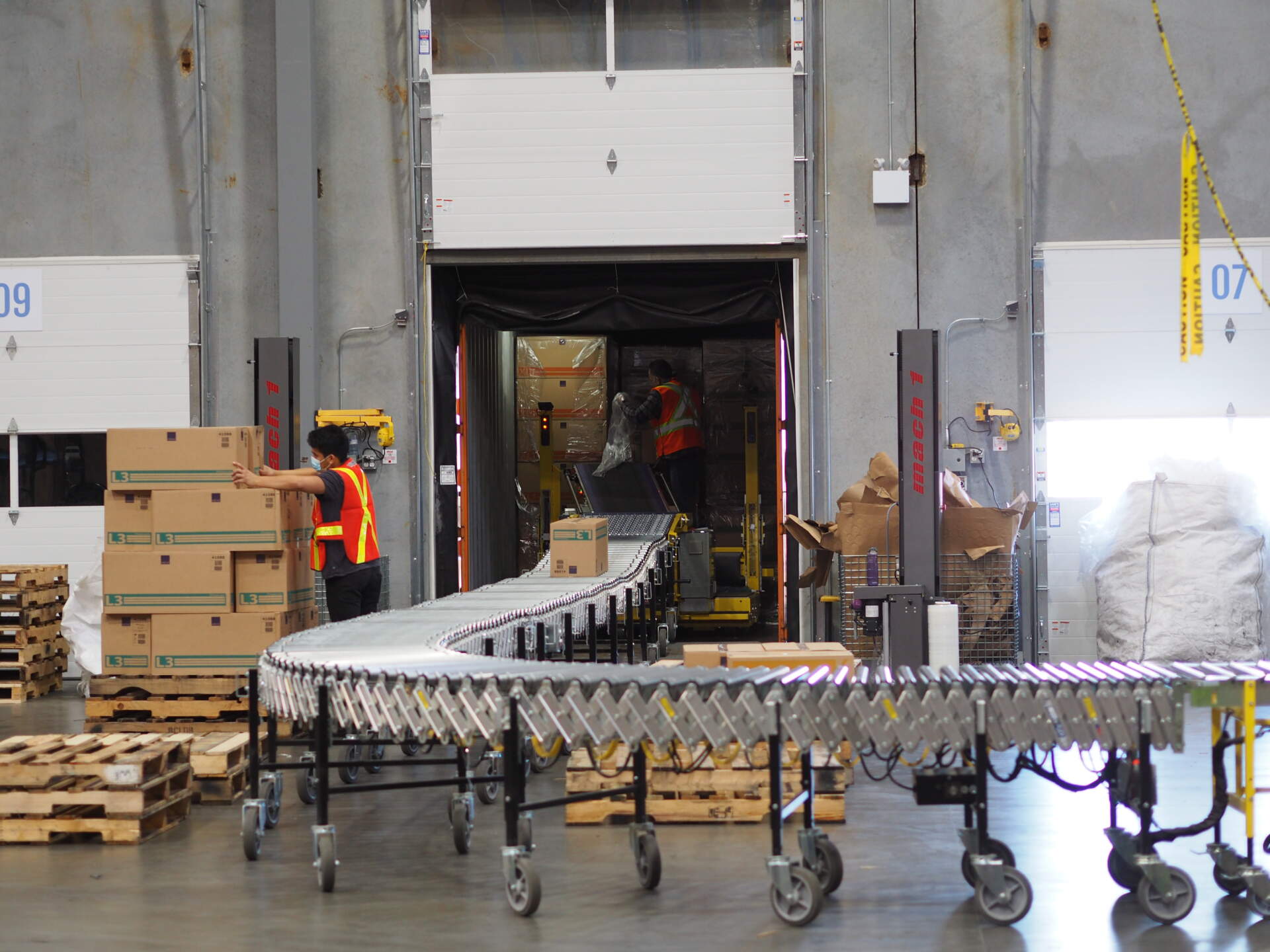
Questions about freight classification? Our team of professionals is here to help.
What Is Freight Classification and Why Does It Matter?
In shipping, accuracy is everything. For importers, exporters, and manufacturers, a misclassified freight shipment can lead to unexpected costs, delays, or even rejected loads. That’s why understanding freight classification is not just a technical exercise—it’s a critical part of your logistics strategy.
Freight classification determines how goods are categorized for transport. It directly impacts pricing, handling, liability, and efficiency. Yet many shippers misunderstand or overlook its importance.
Is your business relying on guesswork, outdated codes, or assumptions when classifying your freight? If so, it may be costing you more than you think.
What Is the National Motor Freight Classification (NMFC) System?
The National Motor Freight Classification (NMFC) system is the North American standard used to classify commodities moving via less-than-truckload (LTL) carriers. Developed by the National Motor Freight Traffic Association (NMFTA), this system ensures consistency in how freight is rated, priced, and handled across carriers.
Each commodity is assigned a specific NMFC code and freight class, based on defined criteria. These classifications affect shipping rates and determine liability limits in case of damage or loss.
Key NMFC Classification Factors:
- Density (weight per cubic foot)
- Stowability (ease of loading and space usage)
- Handling (fragility or special requirements)
- Liability (risk of theft or damage, value per pound)
Together, these factors produce a freight class ranging from Class 50 (least expensive) to Class 500 (most expensive).
How Do Weight, Dimensions, and Density Affect Freight Class?
One of the most misunderstood components of freight classification is density, which significantly influences the assigned class. Lower-density shipments generally have higher freight classes—and therefore, higher rates—because they occupy more space relative to their weight.
How to Calculate Density:
- Measure the length, width, and height of the shipment in inches.
- Multiply for total cubic inches.
- Convert to cubic feet (divide by 1,728).
- Divide total weight by cubic feet.
The result is your pounds per cubic foot (PCF)—a key determinant of class.
For example:
- A 600 lb shipment occupying 48 cubic feet = 12.5 PCF
- This might qualify as Class 100, depending on the commodity and other factors.
Failing to factor in proper dimensions and weight can result in incorrect classification—and costly re-bills.
What Are Common Mistakes Businesses Make in Freight Classification?
Incorrect freight classification is one of the leading causes of disputes and added charges between shippers and carriers. Even experienced shippers can fall into avoidable traps.
Frequent Classification Errors Include:
- Using outdated NMFC codes
- Misreporting dimensions or weights
- Failing to consider packaging or pallet height
- Assuming similar items share the same class
- Not accounting for stowability or handling requirements
If you’re shipping from British Columbia to U.S. destinations, improper classification can also lead to cross-border inspection delays or customs issues. Many Lower Mainland companies partner with third-party logistics providers (3PLs) like Canadian Alliance Terminals to avoid such costly missteps.
How Can Proper Freight Classification Reduce Shipping Costs?
Freight class affects more than pricing—it also influences how your shipment is handled. By understanding and optimising your classification, your business can unlock significant savings.
Strategies to Reduce Costs with Smart Freight Classification:
- Consolidate shipments to increase density and lower class
- Use stackable, uniform packaging to improve stowability
- Invest in accurate scales and measurement tools
- Confirm NMFC codes with carriers or a logistics partner
- Audit past shipments for reclassification penalties or overcharges
By reducing your average freight class, you can often qualify for lower base rates, better handling, and improved carrier relationships.
What Role Do NMFC Codes Play in Operational Efficiency?
While cost savings are an obvious incentive, proper freight classification also supports better operations management. When your teams, partners, and carriers use consistent codes, errors decline and workflow improves.
Benefits to Your Operations:
- Fewer billing disputes and invoice corrections
- Improved inventory management with accurate shipment data
- Reduced delays due to reclassification or refused loads
- Enhanced customer satisfaction through reliable delivery timelines
For companies coordinating regular shipments across Canada or into U.S. markets, clear classification processes are essential. CAT supports its clients with freight classification guidance to improve overall logistics outcomes.
How Should You Approach Freight Classification for Multiple Commodities?
Many manufacturers and exporters ship a range of goods, each with its own freight class. Managing this complexity requires both planning and documentation.
Best Practices for Multi-Class Shipments:
- List NMFC codes on the bill of lading (BOL) for each commodity.
- Use item-level classification tools or consult your carrier’s database.
- Consider freight class blending when applicable, to create rate advantages.
- Communicate with your 3PL to ensure shipment data aligns with classification requirements.
When working with a 3PL such as CAT, this process is often automated and verified, reducing your administrative burden while improving compliance.
Why Is Freight Classification Especially Important for B.C. Shippers?
British Columbia plays a vital role in Canadian trade, especially with goods moving through the Port of Vancouver and across the U.S. border. With multiple transit modes and carriers involved, freight classification errors can create bottlenecks in your supply chain.
Specific Considerations for B.C. Shippers:
- Rail transport through the Lower Mainland often involves strict space planning—density matters.
- Cross-border LTL carriers may reject or delay shipments if NMFC codes are missing or incorrect.
- Compliance with U.S. NMFC standards is required for accurate customs clearance and pricing.
Having a local logistics partner with cross-border expertise helps B.C.-based businesses mitigate these risks.
Are Your Freight Classification Practices Costing You?
Now is the time for a quick self-assessment:
- Are you confident in the NMFC codes you use?
- Do you routinely measure and weigh your shipments accurately?
- Have you reviewed your freight invoices for reclassification fees?
- Does your logistics team have access to up-to-date NMFC data?
- Are you using your freight class strategically to reduce costs?
If you answered “no” to any of these, your freight classification may be undermining your shipping efficiency and profitability.
Final Thoughts: Accuracy Is Profit
Freight classification may seem like a technical detail—but it is a strategic tool for smarter shipping. For importers, exporters, and manufacturers, properly managing NMFC codes, freight class, and shipment data can lead to lower costs, faster delivery, and fewer disputes.
Canadian Alliance Terminals works closely with businesses across the Vancouver Lower Mainland and beyond to ensure their freight classification practices align with their operational and financial goals.
Contact Canadian Alliance Terminals today to learn how we can help streamline your freight process, reduce costs, and improve compliance—across Canada and across the border.
